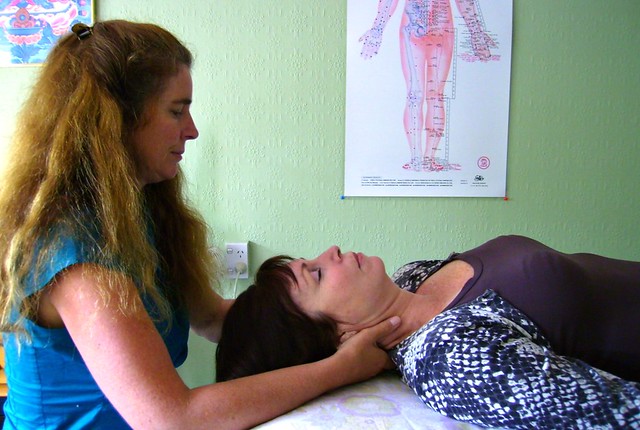Myofascial pain syndrome is a chronic pain disorder in which pressure on certain points in the body (known as trigger points) causes pain in another part of the body, seemingly unrelated. This is commonly caused by the muscle tension that results from repetitive motion. We all have aches and pains due to some kind of hobby or job responsibility that we repeat again and again, but in this syndrome tends to persist, or even get worse.
At the present time treatment for myofascial pain syndrome includes physical therapy and/or injections into the trigger points. There are also massage or chiropractic techniques known as "myofascial release" that may be of help. Sadly, not all chronic pain conditions can be "cured" and this condition may well be one of those. Even though that may be the case, there are many things that can be done by a patient or his/her treatment team so that the patient can live with their condition more comfortably. It is important to work with your doctors to pinpoint the exact cause of the problem wherever possible...and to make efforts to stop the problem in its tracks.
Here's an example of what I mean: Suppose you have a car that burns oil. You see the car is low on oil, so you add some motor oil. That's a temporary fix. You can keep adding oil...or you can find out what's causing the oil loss and make repairs. Such is the case with myofascial pain syndrome.
If you can find the cause of the problem do what you can to put a stop to it. Sometimes this may mean trading one hobby for another, or even a career or job change. This may not be easy but for many, it sure beats being in pain all the time!
Sources: Murfreesboro Post; Mayo Clinic; flickr

Comments
Post a Comment